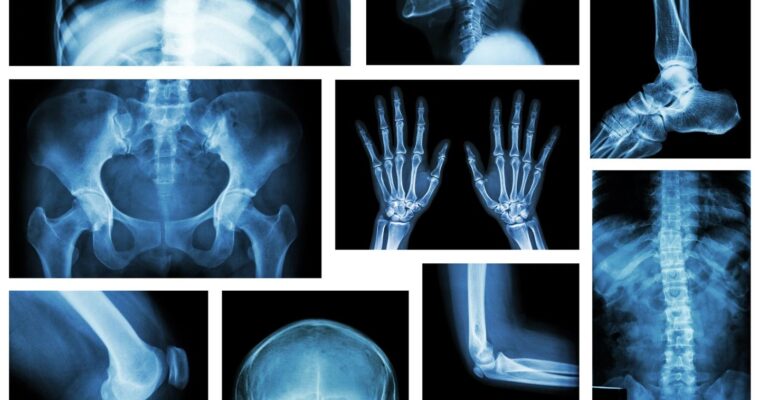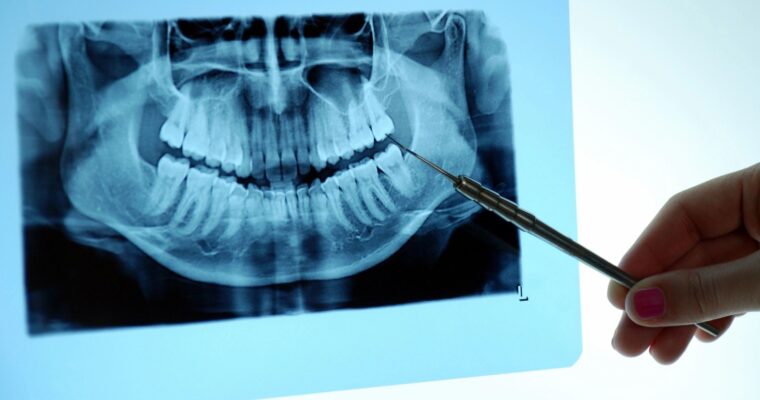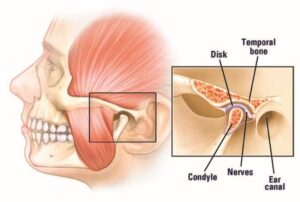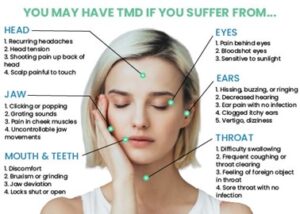Understanding Vitamin C
Dr. Claire Arcidiacono, ND
In my experience everyone has heard that Vitamin C is good for our health. In fact, it’s everywhere you look these days! But while you may have heard that using vitamin C is “good for the health of the body” do you really know why it is so important or even all the ways it works to keep you healthy? Let us get into it, shall we?
Vitamin C is a water-soluble nutrient, considered to be an essential nutrient. The reason it is essential is because it is a vital nutrient for certain bodily processes and yet our body is unable to produce it. An interesting fun fact about Vitamin C is that while most animals are able to produce their own Vitamin C humans, and our friend’s guinea pigs are not able to make it. Thus, we must get it in our diet. How much Vitamin C is the minimum needed to prevent Scurvy (Vitamin C deficiency)? Please see the attached link below. (1)
Now I bet I know what you are thinking! You are thinking something along the lines of Dr. Claire its 2025 nobody is low in Vitamin C anymore. That unfortunately would not be correct. In one study it was found that up to 26.7 out of every 100,000 children met the criteria for Scurvy! It was also found in the same study that up to 64% of those with scurvy had a diagnosis of autism. (2) According to the Cleveland clinic in the US 7.1% of people are at risk of developing a Vitamin C deficiency. (3)
What does Vitamin C even do for us? One of the many functions of Vitamin C is protein metabolism. It is also a required nutrient for the biosynthesis of collagen, connective tissues, L-Carnitine and even neurotransmitters. Studies have found that Vitamin C is also important because it helps to regenerate other antioxidants in the body. Vitamin C is also important because it helps improve the absorption of iron. Overall, you can think of Vitamin C as being important for the growth, development and even wound healing of the skin, bones and connective tissue. When I say connective tissue, I mean structures such as blood vessels. When it comes to our oral/ dental health Vitamin C is important for maintaining healthy teeth and gums! When I mentioned healing studies have found it can help heal burns and other wounds. (3) Studies have found that Vitamin C can help fight the inflammation that is associated with many chronic diseases. (4) One benefit of Vitamin C that you may not expect is it helps to relax the blood vessels and thus possibly help with blood pressure. (5) In fact, in 1 study Vitamin C was found to reduce systolic blood pressure by 3.8mmHg and diastolic by 1.5 mmHg on average. (6) In an analysis of 9 studies over 10 years those who took Vitamin C were found to have a 25% lower risk of heart disease. (7) In another study Vitamin C was found to significantly reduce LDL and blood triglycerides.
Vitamin C has been found to potentially help reduce uric acid build up. In fact, in 1 study over a 10-year period those who used Vitamin C had a 44% lower risk of developing gout.(8) Studies also support using Vitamin C to boost immune health. Lastly, studies have also found that Vitamin C has a protective effect on both thinking and memory.
As you can see Vitamin C is an amazing nutrient! It is much more than just that thing “you take for a cold”. You can find Vitamin C in Invite’s Buffered C 500mg and 1000mg as well as Immunity Hx and Macula Advanced!
Our next topic will be Dental Bone Loss.
Sources:
- https://ods.od.nih.gov/factsheets/VitaminC-HealthProfessional/
- https://www.news-medical.net/news/20240719/Scurvy-on-the-rise-in-the-United-States-Pediatric-cases-triple-in-five-years.aspx
- https://my.clevelandclinic.org/health/diseases/24318-scurvy
- https://pubmed.ncbi.nlm.nih.gov/12805247/
- https://pubmed.ncbi.nlm.nih.gov/12564647/
- https://pubmed.ncbi.nlm.nih.gov/12564647/
- https://pubmed.ncbi.nlm.nih.gov/15585762/
- https://pmc.ncbi.nlm.nih.gov/articles/PMC2767211/









